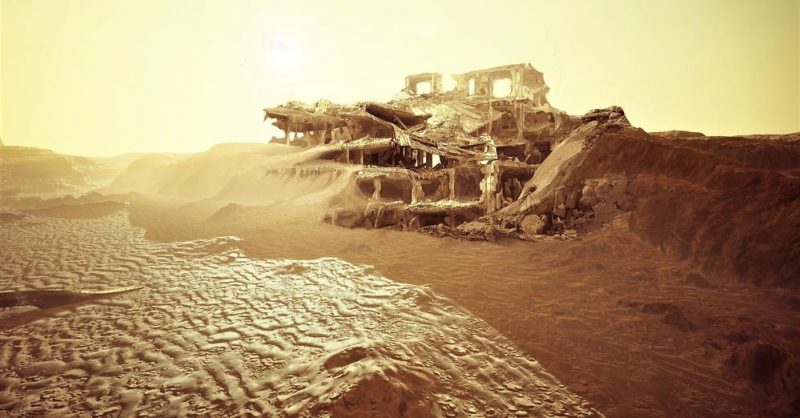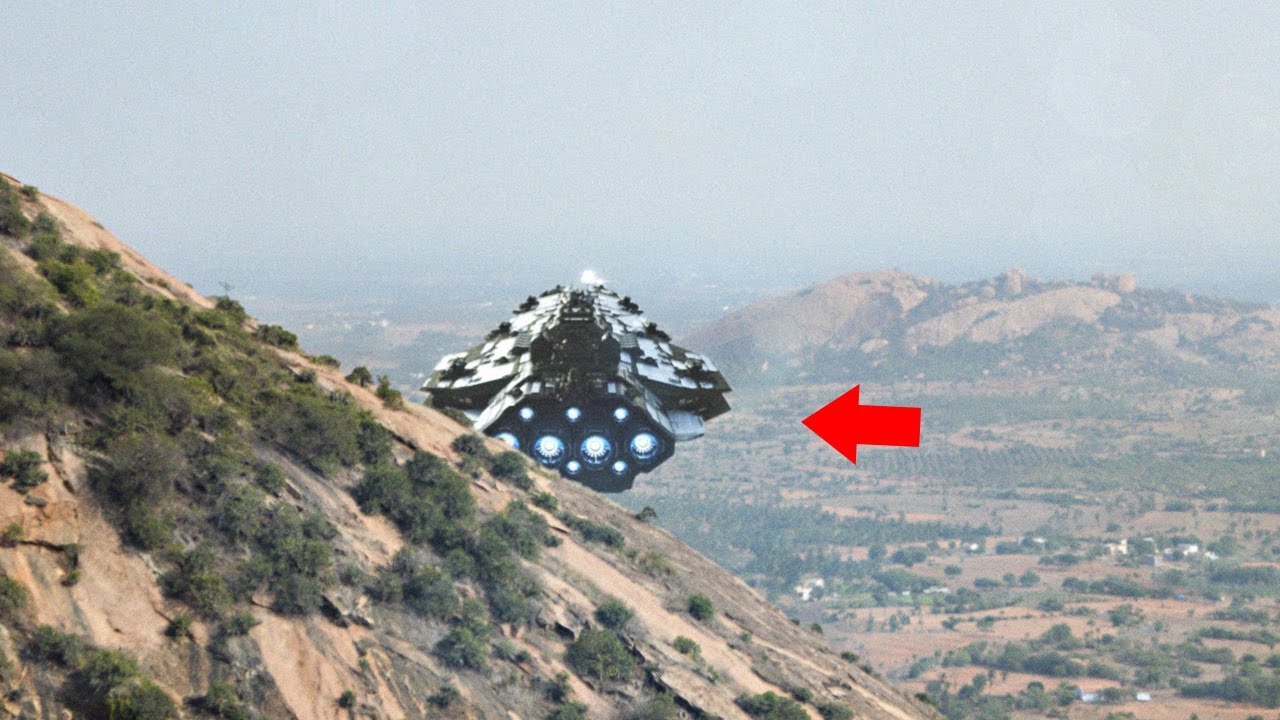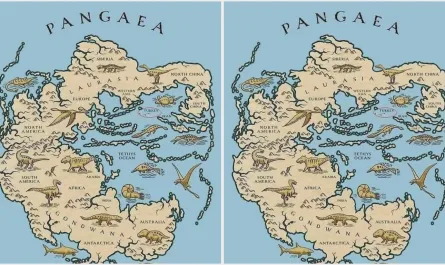For millennia, the ancient Sumerian tablets have captivated scholars and enthusiasts alike, offering a glimpse into a civilization rich with profound beliefs. Among their most intriguing narratives is the story of the Apakis (often referred to as Anunnaki) – colossal beings believed to have descended from the cosmos to Earth with a singular, audacious purpose: to mine precious minerals, especially gold.
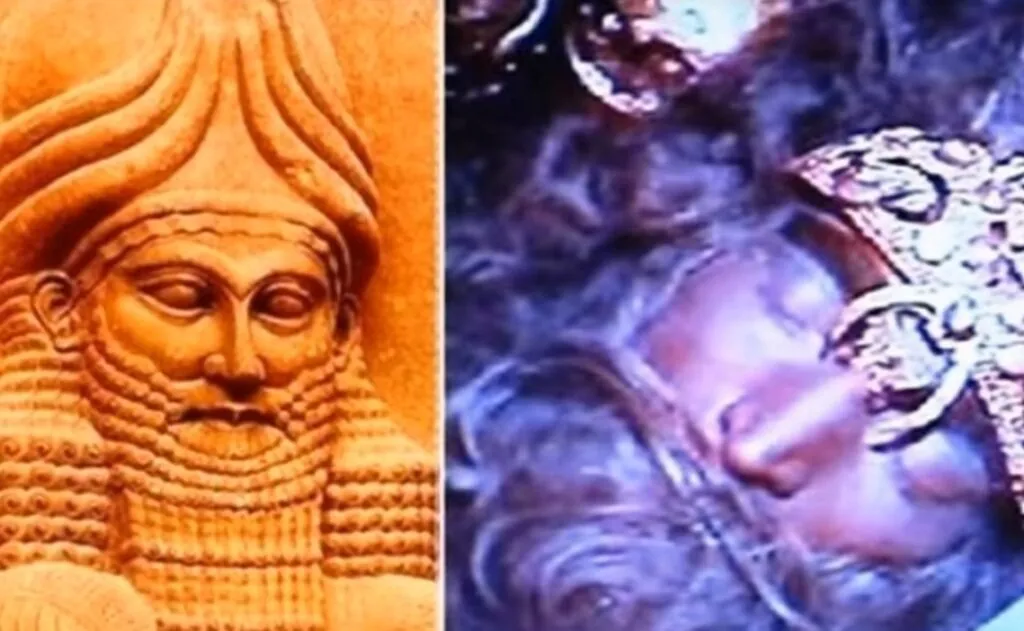
According to these ancient inscriptions, these cosmic prospectors didn’t toil in the mines themselves. Instead, they reportedly employed an astonishing method: fusing their own DNA with that of our prehistoric ancestors. The outcome? Humanity, a specially crafted workforce perfectly suited to their needs. For centuries, this narrative suggests, humans served these extraterrestrial entities, working under their guidance until the Anunnaki supposedly “retired,” distancing themselves from Earth’s harsh conditions.
While the ancient tablets contain explicit accounts of this extraordinary “parable,” tangible, archaeological evidence of the Anunnaki has remained elusive. Scattered artifacts and vague clues have fueled speculation, leaving researchers yearning for more substantial proof.
The “Discovery” That Rocked the (Fringe) Archaeological World
However, a recent claim has ignited considerable discussion within certain circles, grabbing the attention of those deeply invested in alternative historical narratives. An Iraqi archaeological expedition has purportedly unearthed what is being described as an Anunnaki tomb, dating back some 12,000 years.
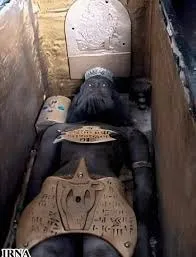
According to proponents of this discovery, exhaustive scrutiny and meticulous analysis have led the team to a definitive conclusion: this mysterious tomb does indeed belong to an Anunnaki being. The significance of this astonishing claim, if true, would be immeasurable. Uncovering “the truth” behind the Anunnaki’s presence, it is argued, could finally offer answers to our deepest existential questions, fundamentally reshaping our understanding of human origins and even the concept of divinity itself.
Profound Revelations or Pseudoscience?
The proponents of this “revelation” suggest its implications transcend mere historical curiosity. They contend that this discovery holds the key to unlocking the secrets of our spiritual beliefs and the fundamental essence of our existence. Could the Anunnaki truly be our prehistoric ancestors, and are we living proof of their ancient mining operation?
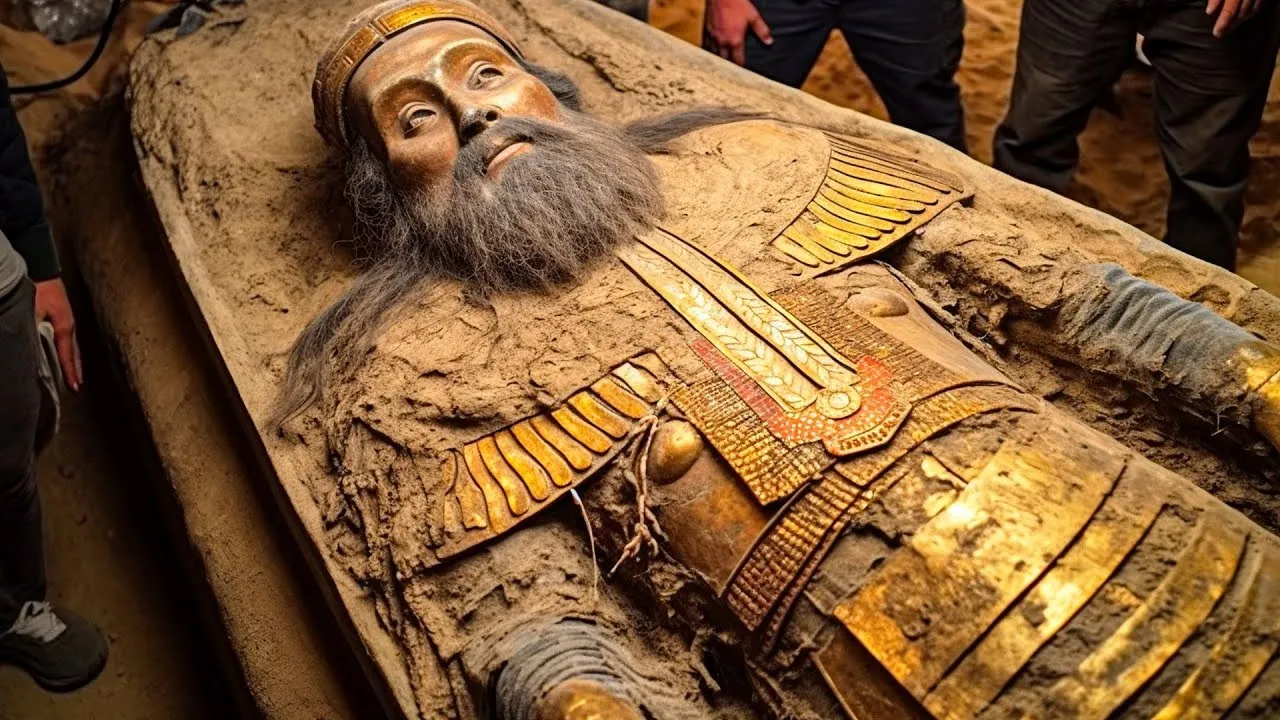
As time marches on, the answers remain shrouded in mystery, waiting for those intrepid souls who dare to seek them out. This narrative, built upon the Sumerian civilization’s deep belief in the Anunnaki, presents an intriguing enigma in our journey through time. The purported discovery of a 12,000-year-old Anunnaki tomb in Iraq is presented as a pivotal moment in the quest to unravel the mysteries of our true history.
With each step closer to “the truth,” it is argued, humanity stands on the cusp of a profound paradigm shift in understanding ourselves and the universe. Only time, and rigorous scientific verification, will tell how this remarkable “discovery” will shape the course of human history and find the answers some have sought for millennia.
Important Note for Readers: The narrative presented above regarding an “Anunnaki tomb” and their role in human creation is considered pseudoscientific by mainstream archaeology and history. There is no verified, scientifically accepted archaeological evidence to support the existence of the Anunnaki as physical beings or their involvement in genetically engineering humanity. The Sumerian tablets are ancient texts that contain rich mythology and religious beliefs, which are distinct from scientific or historical facts as understood today. Readers are encouraged to approach such claims with a critical perspective and consult reputable academic sources for information on human origins and ancient civilizations.
